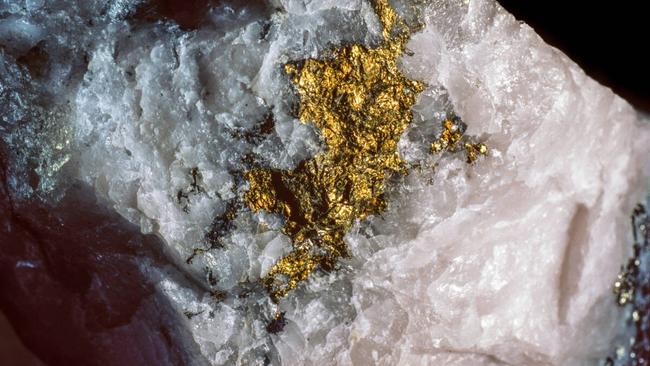Redcastle’s gold assays boost early cashflow potential
Redcastle’s Kestrel Lode is the most delineated mineralised zone within the Queen Alexandra project and presents an early cashflow opportunity.

Special report: Assay results from the final phase of 2025 RC drilling at Queen Alexandra prospect within the Redcastle Resources’ namesake gold project support the foundations for anticipated future mine development.
- Redcastle has received final assays from the 2025 RC drilling program
- Higher grade, shallow mineralisation in the Kestrel Lode have expanded its areal extent
- Resource preparation is underway at Queen Alexandra and Redcastle Reef
The 19-hole program for 1853m was designed to refine the Kestrel Lode’s geometry and grade, particularly within the near-surface zone.
The Kestrel Lode is considered most amenable to a positive cashflow development scenario resulting from early-stage open pit mining.
About 40 of 51 drill holes have intersected mineralisation of >2g/t including 2m at 7.80g/t gold from 66m and 6m at 2.70g/t from 36m, complementing the previous first phase results.
Redcastle Resources (ASX:RC1) says integrating the 2025 assay dataset has further defined the Kestrel Lode characterised by 24 high-grade intercepts over a minimum 2m width.
Meanwhile, deep gold mineralisation in the eastern portion of the Redcastle Reef prospect is expected to strengthen the likelihood of it becoming a satellite development to Queen Alexandra with notable results including 16m at 1.20g/t gold from 84m and 1m at 7.42 g/t from 107m.
Transformative 2025
The Redcastle Project is ~58 kilometres east-southeast of the Gwalia Gold Mine and centrally located within a regional ‘golden circle’, an area delineated by multi-million-ounce gold interests in the highly prospective Leonora-Laverton portion of the greenstone belt of the eastern Yilgarn.
With strong gold grades, scoping work and a MRE update underway, RC1 is well-positioned for a transformative 2025.
Resource prep in the works
RC1 non-executive chairman Raymond Shaw said the company continued to be very excited about the results of 2024/2025 drilling.
“The assay results underscore the very genuine opportunity Queen Alexandra presents to our company,” he said.
“Work is now focused on assessing the material impact of all drilling results upon the JORC compliant MRE at Queen Alexandra and preparing our maiden JORC compliant MRE at Redcastle Reef.
“These will serve as foundations for anticipated future mine development, commencing with a bulk sampling program for metallurgical and processing studies,” Shaw added.
“We envisage recovery of near surface (6-10m) high-grade gold mineralisation as an early-stage to developing a larger open pit mining operation, using less capital-intensive models including accessing third-party processing capacity available within the district.”
What’s next?
Drilling results at Redcastle Reef demonstrate that the majority of mineralisation is concentrated within 60-70 metres of surface, except towards the eastern extent where, as evidenced by intercepts from RC281 and RC282, mineralisation extends to about 100 metres depth.
The Kestrel Lode is the most extensively delineated mineralised zone identified to date within the Queen Alexandra project.
Subject to the outcomes of a formal scoping study and further technical assessments, the Kestrel Lode has the potential to support a conceptual open pit development to depths of at least 70m, targeting near-surface high-grade oxide and transitional material.
An updated, independent resource for Queen Alexandra is being prepared on the basis of the extensive RC and diamond drilling assay database and is scheduled for completion in June 2025.
This article was developed in collaboration with Redcastle Resources, a Stockhead advertiser at the time of publishing.
This article does not constitute financial product advice. You should consider obtaining independent advice before making any financial decisions.


